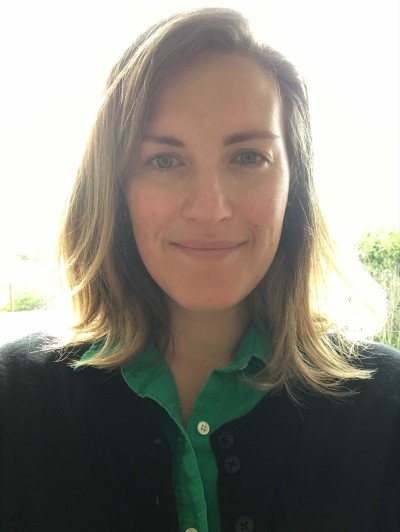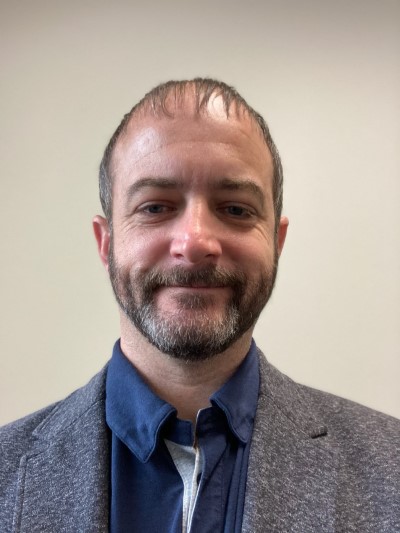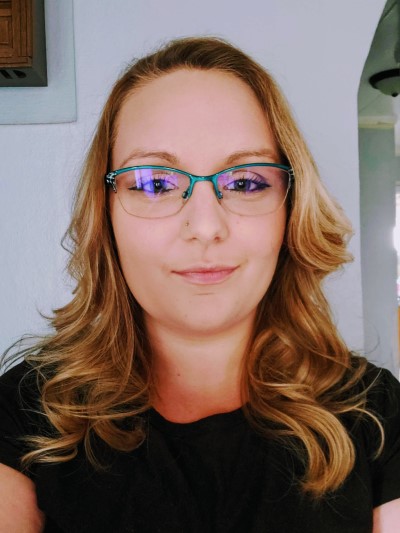
Coos Bay, Oregon-based Advanced Health is a coordinated care organization serving Coos and Curry Counties. It connects members to medical, dental, behavioral health and substance use treatment through local collaboration and innovation.
THE PROBLEM
As a coordinated care organization, Advanced Health is tasked with coordinating what’s known as “whole person care” for its members. The organization had relied on phone calls, faxes, secured e-mails and meetings to do this work, but knew it needed a more efficient, effective and standardized way to conduct its business.
“With the 2020 CCO 2.0 contract, we had a requirement to share member care plans among different team members,” said Leah Lorcinz, director of member services at Advanced Health. “We also needed to gather social determinants of health data for reporting to the state and informing our community.”
There are a number of IT platforms designed for population health management; however, it was imperative that a tool be easily accessible by all members of a care team, which includes community-based organizations, clinics and a number of other agencies, said Ross Acker, director of care coordination at Advanced Health.
"We also needed to gather social determinants of health data for reporting to the state and informing our community."
Leah Lorcinz, Advanced Health
“We needed these organizations to buy into the tool so that everyone would be willing to use it,” he explained. “It was important that it not look or feel like an electronic health record so that our new traditional healthcare workforce, the member and their family would feel comfortable using the tool. Empowering and encouraging the participation of our members in their own care was an ultimate goal.”
PROPOSAL
Advanced Health determined Activate Care was a good fit for its needs. Activate Care is a vendor of community care coordination and referral management technology to coordinate all of a person’s health, behavioral and social care needs on one platform.
“First, it is a cloud-based technology,” Lorcinz noted. “This is important, since we planned to collaborate and coordinate with many different organizations. The other organizations would have no real IT investment in terms of time or money, so it was user-friendly for them.”
Second, the tool centers on the concept of a shared care plan, she continued.
“This means the care plan can be viewed, edited and worked on by many people, depending on the permission level of the user,” she explained. “It was important that the tool have various ways to protect the member’s protected health information (PHI). The vendor has ‘permission levels’ that dictate what different users can see.”
"Ease of use for your end user ultimately will determine the buy-in and therefore effectiveness of your technology."
Ross Acker, Advanced Health
From the member perspective, it gives them the ability to directly communicate with other members of their care team via chat functions, Zoom video and accessing their care plan, she added. The care plan has associated goals and tasks that keep everyone on track and on the same page. The member can see the progress being made, she said.
Third, an important consideration for local buy-in was that a few other organizations in the community already were using Activate Care as part of a pilot project with Oregon Health and Sciences University, Lorcinz said. “We had positive feedback from the professionals, academics and patients using it, which we hoped would encourage our community’s willingness to learn a new tool,” she said.
MEETING THE CHALLENGE
Advanced Health is about six months into using the platform. Although the COVID-19 pandemic did delay the implementation timeline, internal staff now is proficient and comfortable using the tool and they are refining workflows.
Local community partners are aware of Activate Care and Advanced Health is in the beginning phases of sharing care plans with them. So far, the feedback from community partners, including clinics, behavioral health providers and social service agencies, has been positive.
“We have integrated the platform with Collective Medical,” explained Erica Tesdal-Hubbard, CIO at Advanced Health. “Collective Medical is a company that connects emergency departments, health plans, behavioral health, post-acute care and others to provide more collaborative care for patients. Collective Medical sends daily HL7 ADT feeds to Activate Care, connecting via identifying member data. These notifications tie directly to the patient care plans.”
The types of notifications that are received include emergency room, observation, inpatient visits and outpatient visits.
RESULTS
Advanced Health still is in the first year of using the new platform and does not yet have any hard-and-fast metrics. However, it is actively tracking data, including social health data, referral sources and care plans.
“We currently have 200 care plans on Activate Care,” Lorcinz said. “We believe the integration with Collective Medical will help achieve metrics such as lowered ED utilization, for example. Activate Care also allows us to carefully track our contacts with members and ensure we are meeting our required frequency of outreach and contact with members. As we are given new metrics to meet, we believe we will be in a good position to do so through the analytics function of the platform and refinements to our workflows.”
ADVICE FOR OTHERS
Go back to the mission and vision of the organization and consider what it is that one hopes to get out of the tool, what problems one is trying to solve and what goals one is trying to accomplish, Acker advised.
“I think it also is important to consider if you will be able to get the data you need and to consider if the end users will like using it,” he added. “Ease of use for your end user ultimately will determine the buy-in and therefore effectiveness of your technology.”
"Taking the extra time to explain exactly how this piece of technology will affect the workflow and the patients brings you through implementation and into adoption."
Erica Tesdal-Hubbard, Advanced Health
Two of the best pieces of advice Tesdal-Hubbard wishes the organization had when it started this journey are to have complete transparency and to get as much one-on-one training as possible.
“When you add another piece of technology to anyone’s workflow, it can create some frustration and extra work,” she noted. “Taking the extra time to explain exactly how this piece of technology will affect the workflow and the patients brings you through implementation and into adoption. It moves the focus off the extra work and onto the benefits that it brings.”
While one-on-one training is not always possible, offering training with super users as much as possible is efficient, even in a team setting, she added. Vendors always offer training on their products, which is a great way to start. But to have real adoption, train with super users, she advised. Having multiple super users in different areas of the business helps, because they all have different experiences and workflows, she said.
“When you solely get trained through the scheduled vendor training, you do not necessarily get everything you need,” she concluded. “Another benefit of having a super user doing the training is that the users have one contact that they can go to for continued training, education and collaboration.”
Twitter: @SiwickiHealthIT
Email the writer: bsiwicki@himss.org
Healthcare IT News is a HIMSS Media publication.














